xiamen ZONEWU This LoRaWAN Hydrogen Cyanide (HCN) Gas Sensor is a monitoring device that can work wirelessly. It is equipped with specialized probes for measuring toxic gases and temperature and humidity, which can measure the concentration, temperature, and humidity of hydrogen cyanide in the surrounding air at any time. This sensor is particularly sensitive, accurate in measurement, and resistant to use. It also uses the universal LoRaWAN wireless transmission method, which can transmit data over long distances.
Model Produk :
LW317-HCNMod Bekalan Kuasa :
Battery or External DCKekerapan :
CN470/IN865/EU868/RU864/US915/AU915/KR920/AS923-1&2&3&4Versi MAC :
LoRaWAN 1.0.3Mod :
OTAA Class A/CBerat badan :
120gEnvironmental LoRaWAN Hydrogen Cyanide (HCN) Sensor
xiamen ZONEWU The LoRaWAN Hydrogen Cyanide (HCN) sensor is a new gas monitoring device made using LoRa wireless technology. It relies on a wireless method called spread spectrum modulation to transmit data and can remotely monitor hydrogen cyanide gas in the environment.
xiamen ZoneWu LoRaWAN Gas Sensor HCN Sensor Features:
This sensor uses LoRa wireless technology, which can collect, monitor, and send data with just one click. It is specifically designed to measure the concentration of hydrogen cyanide in the environment, as well as temperature and humidity.
It is equipped with sensing components for measuring hydrogen cyanide and temperature and humidity, and uses a three electrode electrochemical method combined with a high-performance chip to measure gases. The temperature sensing part can also adjust the impact of temperature on itself, making the measured data more accurate.
The sensitivity is particularly high (even a slight change in concentration can be detected), the measurement is particularly precise (accurate to very small values), and the performance is particularly stable (not afraid of external interference, not suddenly difficult to use).
It can use the universal LoRaWAN wireless transmission method and rely on LoRa's signal extension technology to transmit data far away, making it suitable for use in places that require large-scale monitoring.
A 'safety boundary' can be pre-set based on the actual situation on site. As long as the cyanide concentration exceeds this limit or there is abnormal data, it will immediately issue an alarm to remind you.
It can be used in chemical plants, electroplating plants, fire scenes, mines and other places where cyanide leakage is prone to occur, and can monitor the safety situation in real time.
Technical Parameters
| Power Supply | 5~28VDC |
| Weight | 120g |
| Operating Temperature | -20℃~50℃ |
| Measuring Principle | Electrochemistry |
| Lifespan | <2 years |
| Measuring Range |
HCN:(0-100)ppm Temp:-40~+80℃ Humi:0~99.9%RH |
| Frequency |
CN470/IN865/EU868/RU864/US915/AU915/ KR920/AS923-1&2&3&4 |
| Mode | OTAA Class A/C (Default: Class C) |
| Reporting cycle |
External power supply: 5min (Default reporting cycle) Report after preheating for 3 minutes when powered on |
| Communication Protocol | LoRaWAN, LoRa TDMA Networking |
|
Equipment information (Reference) |
AppEUI:0000000000000001 DevEUI:aaaa202404150001 AppKey:00001111222233334444555566667777 MAC Version: LoRaWAN 1.0.3 |
Product Applications
1. No need to pull an Ethernet cable to transmit data: LoRaWAN technology can wirelessly send data to several kilometers away, making it particularly convenient to monitor hydrogen cyanide in large places such as chemical plants and mines.
2. Fast and accurate data measurement: It is particularly sensitive to changes in hydrogen cyanide, and can quickly and accurately measure concentration. It can also view data in real time, and the results obtained are very reliable.
3. Not easily affected: The electrodes in the sensor are made with special technology and are not afraid of interference from other gases. Even in a messy factory, they can work stably in the face of electromagnetic interference, temperature and humidity changes.
Detailed Images
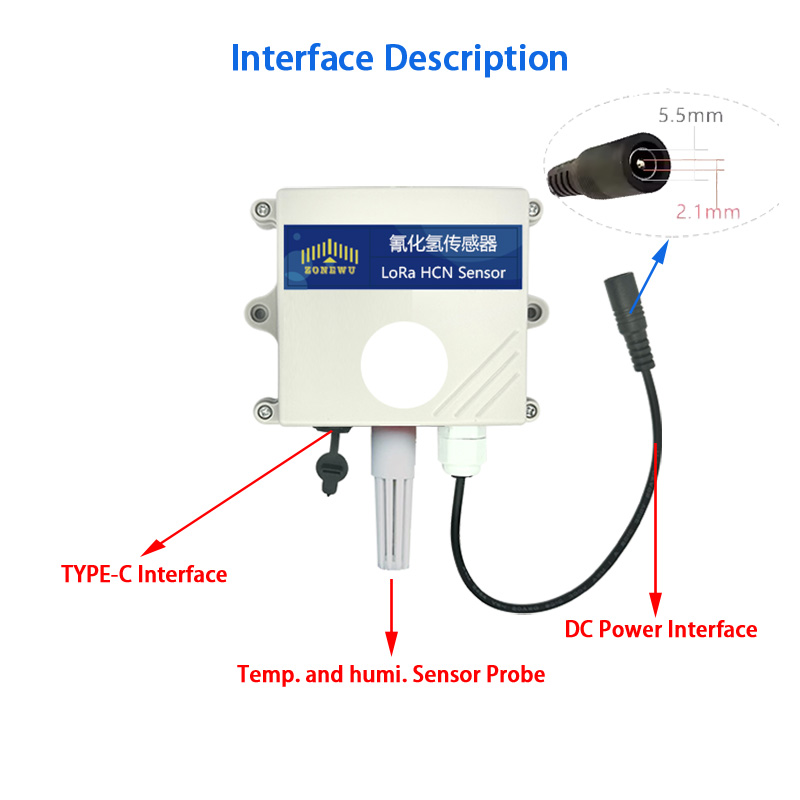
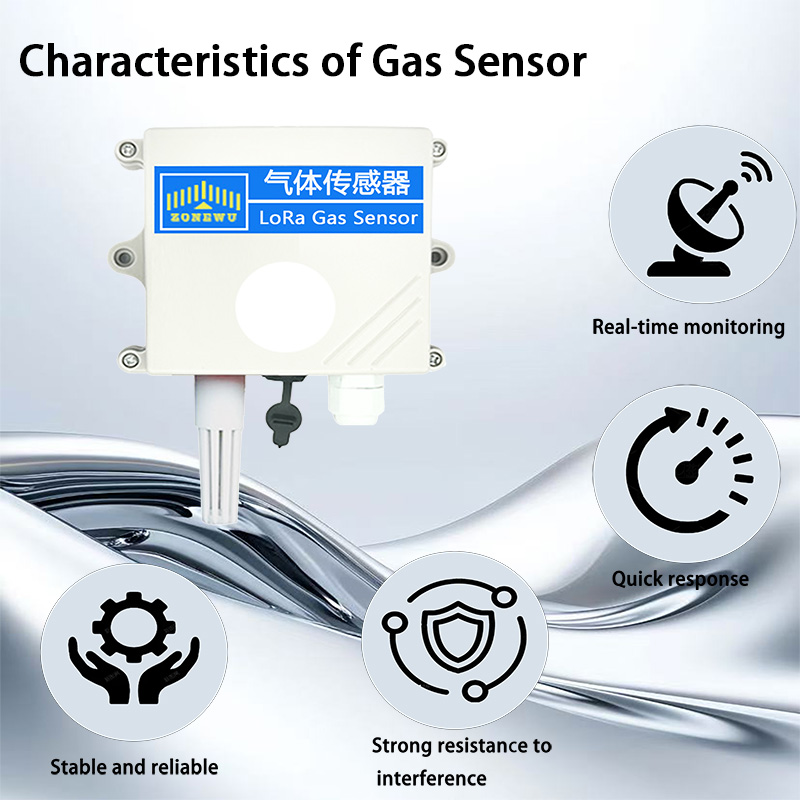
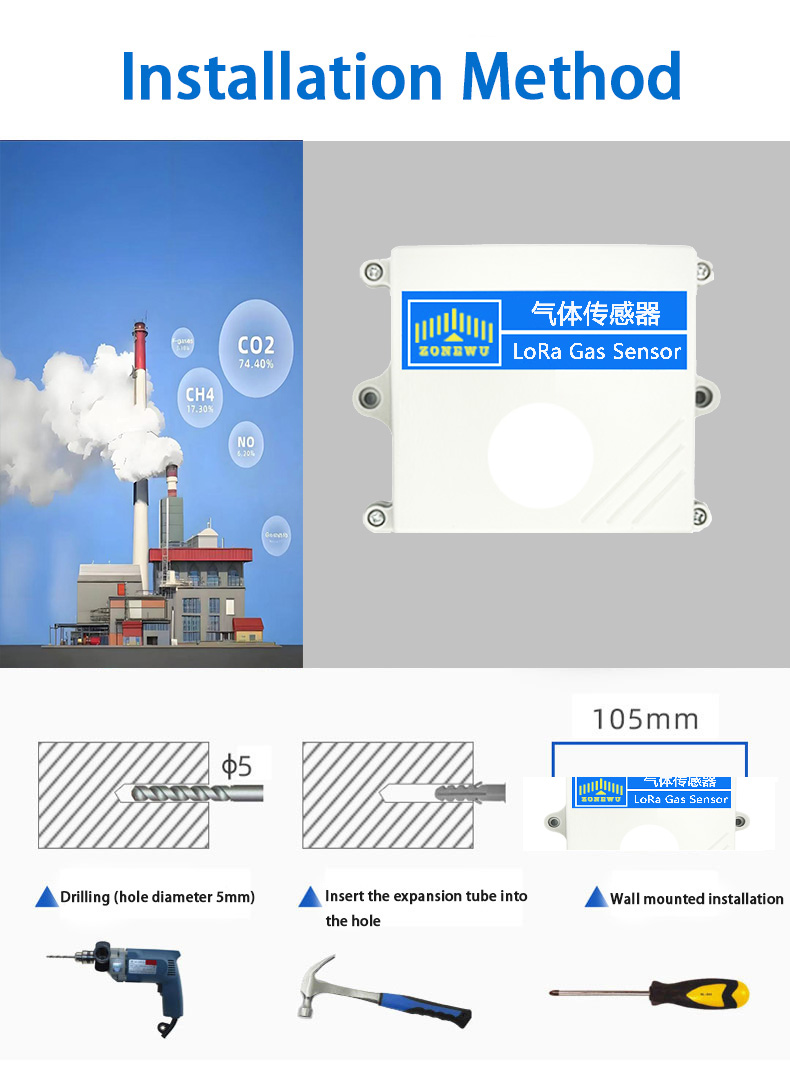
Common knowledge of HCN
What is hydrogen cyanide? Why monitor it
Hydrogen cyanide is a highly toxic gas that smells like bitter almonds. Inhaling small amounts can cause dizziness, difficulty breathing, and excessive inhalation can even be fatal. Factories, fire scenes, and other places may produce hydrogen cyanide, so specialized equipment should be used to monitor it and protect everyone's life safety.
What is the lethal concentration of hydrogen cyanide
The lethal concentration of hydrogen cyanide refers to the amount of gas that can cause death. Generally speaking, when the concentration of hydrogen cyanide in the air reaches a certain value, such as several hundred ppm (ppm is a unit of concentration, similar to percentage but more accurate), inhaling it for a short period of time can be life-threatening for humans. So in places where hydrogen cyanide may exist, the concentration must be strictly monitored and cannot exceed the safe value.
How to convert the detection values of hydrogen cyanide in ppm and mg/m ³
Both ppm and mg/m ³ are units of gas concentration. To convert ppm to mg/m ³, it is necessary to know the molecular weight and other data of hydrogen cyanide. Simply put, the calculation formula is approximately mg/m ³=ppm x molecular weight ÷ 22.4. For example, if the concentration of hydrogen cyanide is known to be 10ppm, the corresponding mg/m ³ value can be calculated using this formula, which facilitates understanding the concentration situation under different standards.
What are the safety standards for hydrogen cyanide in the work environment
Answer: In order to ensure the safety of workers, the state has set a safe upper limit for the concentration of hydrogen cyanide in the working environment. Generally, in workplaces such as workshops, the concentration of hydrogen cyanide in the air should not exceed a few mg/m ³ (there may be slight differences in different industries and standards). If this value is exceeded, immediate measures such as ventilation and evacuation must be taken to avoid personnel poisoning.
Application Scenarios
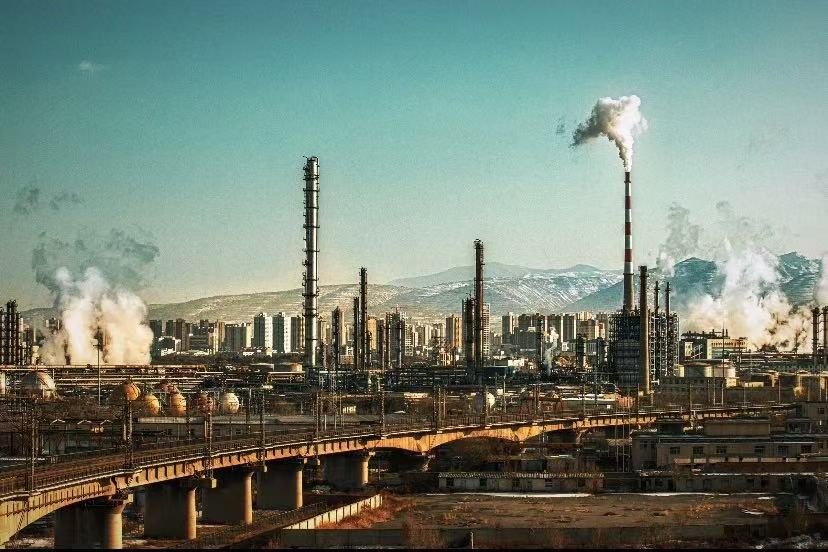
Industrial production
Waste gas emission monitoring: Conduct real-time monitoring of industrial waste gas emissions to ensure that waste gases meet emission standards and reduce pollution to the environment.

Environmental inspection
Air quality monitoring helps people understand air quality and protect the environment and health by detecting harmful gases such as sulfur dioxide.
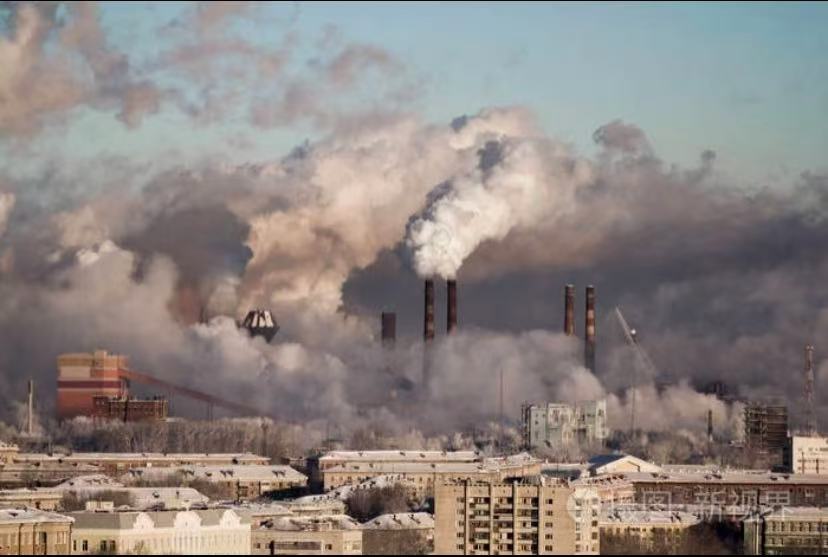
Safety protection
In coal mines and tunnels, gas sensors detect toxic and harmful gases such as methane and warn against accidents.
A:Yes,we can provide you with OEM services and design housings and logos.
3.DO you offer free samples?
A:Sorry,we don't offer free samples. After ordering in bulk, we will deduct the sample fee from the second order.
Why Choose ZONEWU